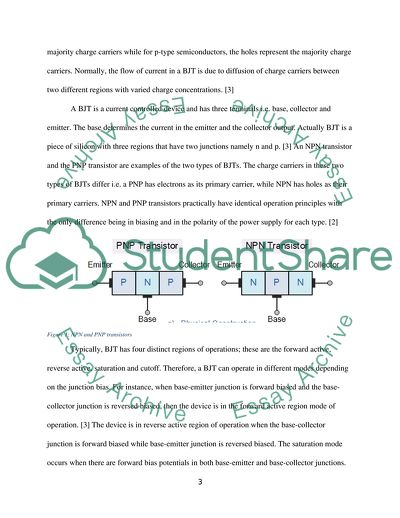Cite this document
(Electric circuits and devices prototyping Lab Report Example | Topics and Well Written Essays - 1750 words - 1, n.d.)
Electric circuits and devices prototyping Lab Report Example | Topics and Well Written Essays - 1750 words - 1. https://studentshare.org/engineering-and-construction/1826494-electric-circuits-and-devices-prototyping
Electric circuits and devices prototyping Lab Report Example | Topics and Well Written Essays - 1750 words - 1. https://studentshare.org/engineering-and-construction/1826494-electric-circuits-and-devices-prototyping
(Electric Circuits and Devices Prototyping Lab Report Example | Topics and Well Written Essays - 1750 Words - 1)
Electric Circuits and Devices Prototyping Lab Report Example | Topics and Well Written Essays - 1750 Words - 1. https://studentshare.org/engineering-and-construction/1826494-electric-circuits-and-devices-prototyping.
Electric Circuits and Devices Prototyping Lab Report Example | Topics and Well Written Essays - 1750 Words - 1. https://studentshare.org/engineering-and-construction/1826494-electric-circuits-and-devices-prototyping.
“Electric Circuits and Devices Prototyping Lab Report Example | Topics and Well Written Essays - 1750 Words - 1”. https://studentshare.org/engineering-and-construction/1826494-electric-circuits-and-devices-prototyping.


